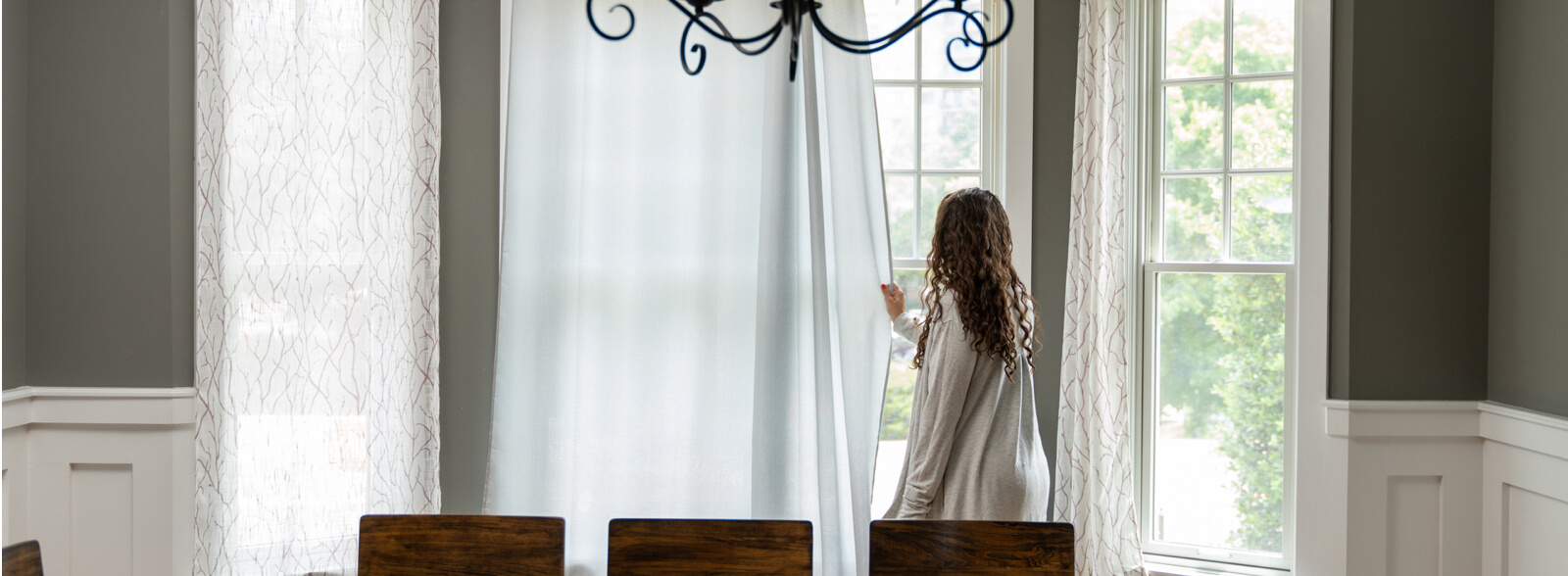Energy Saving Tips for Homeowners

Homeowners, you can customize many aspects of your home to make it as energy- and cost-efficient as possible.
Start saving by taking on some quick and easy tasks. Then consider additional projects and investments that will provide long-term savings. If it’s been a while since you inspected your home, an energy audit may be a good option. Learn more about do-it-yourself audits and professional audits.
Everyday Steps to Saving Energy
Make some of these easy changes in your home and watch your energy bill shrink:
- Take advantage of daylight. Allow the sun to brighten your home instead of turning on the lights.
- In the winter, keep shades and curtains open during the day on the south side of your home so your heater doesn’t have to work as hard to warm the space. In the summer, close your shades and curtains to prevent the sunshine from raising the temperature inside.
- Set your thermostat to the coolest comfortable temperature during winter and to the warmest comfortable temperature during the summer to save on heating and cooling costs. If you have a programmable thermostat, set it to adjust the temperature when you go to bed, leave your home for the day, or go on vacation.
- Lower your water heater’s maximum temperature to around 120 degrees Fahrenheit. This could save you 7%–11% on water heating costs.
Long-Term Energy-Saving Solutions
The more you invest in efficiency upgrades, the more you can save. Take these additional steps so your home can do more with less:
- Replace incandescent lightbulbs with energy-efficient LEDs, which last up to 25 times longer.
- Make sure your attic and basement are properly insulated. If your insulation is just level with or has receded from the edge so that you can easily see the joists, you should add more.
- Leaks and drafts cause energy usage to surge. Weatherize your home by caulking and weatherstripping all doors and windows. Lock your windows to make them tighter and draft resistant. According to the U.S. Department of Energy, reducing drafts in your home can cut your energy bill by as much as 30%.
- Have your heating and cooling system serviced once a year and change or clean air filters once a month.
- Insulate the first 5 feet of pipe coming out of the top of your water heater. If there is less than 5 feet of exposed pipe between the water heater and the wall, insulate the full length.
Visit the Saving Energy at Home page for an in-depth look at energy efficiency improvements you can make around your home.
Get Energy Saving Tips in Your Inbox
Subscribe to our email list to get energy saving tips and stay up to date on resources from Virginia Energy Sense.